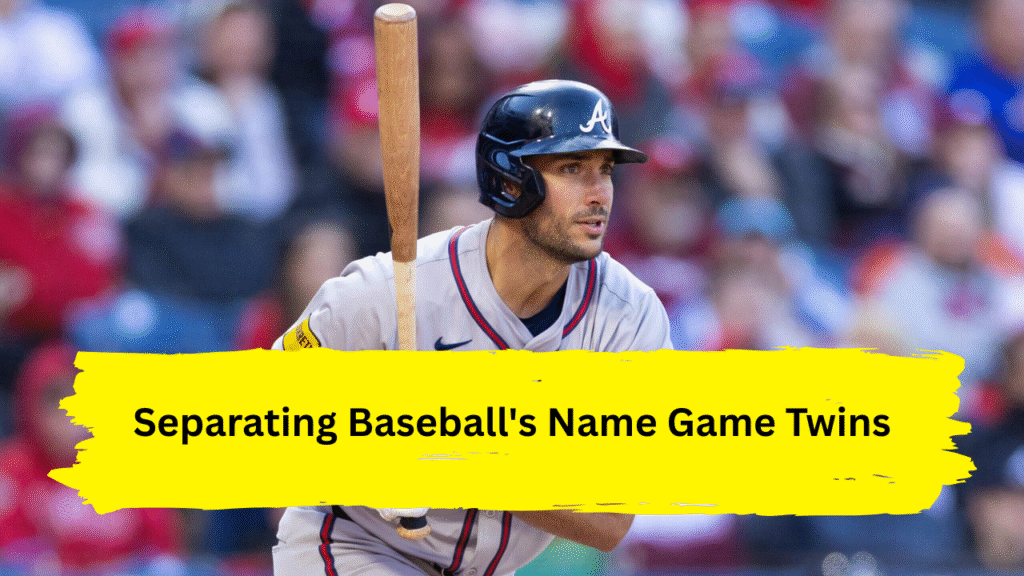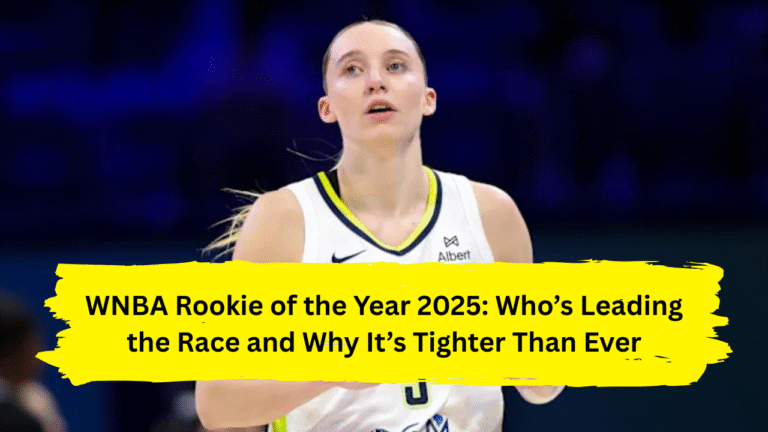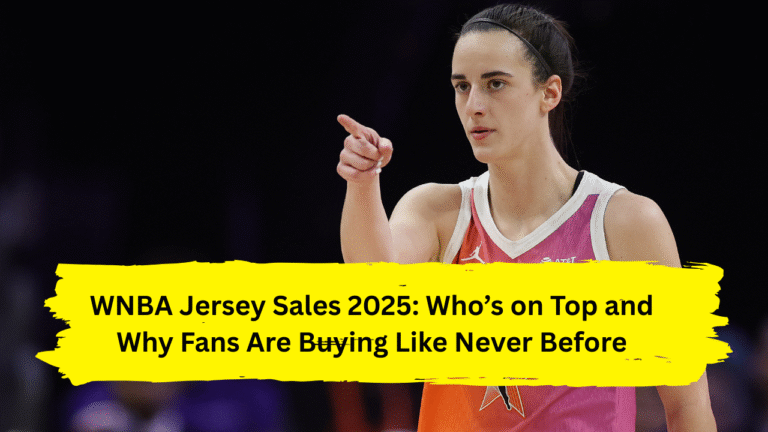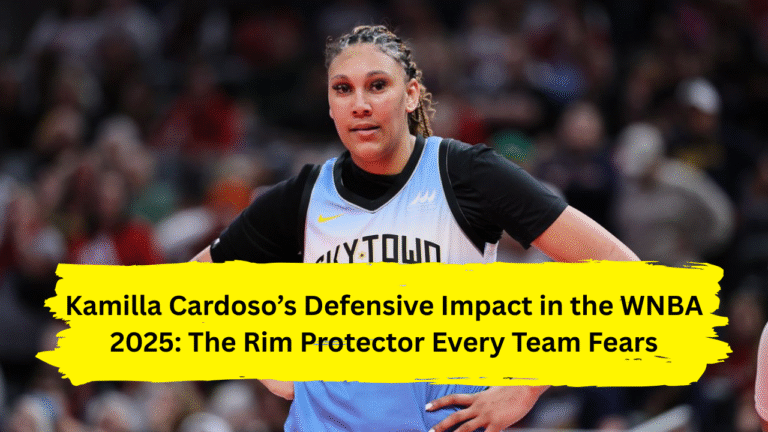
Ever scan a baseball roster, spot two players sharing your last name, and wonder if you’ve found long-lost cousins? That exact curiosity hits fans daily with Matt Olson and Greg Olson. Their shared surname sparks endless debates in ballpark bleachers and online forums: Could the Braves’ slugging first baseman really be related to the 1989 AL Rookie of the Year closer? Let’s cut through the noise. Matt Olson and Greg Olson are not related—despite both leaving massive footprints in MLB history. Matt, born in Atlanta in 1994, grew up a Braves fan before becoming their cleanup hitter . Gregg (with two G’s, as he often clarifies), hails from Scribner, Nebraska (1966), and carved his legacy as a flame-throwing reliever, mostly in Baltimore . One swings left-handed for power; the other threw right-handed for saves. One wears #28 in Georgia; the other sported #31 in Maryland. They’ve never shared a family reunion—but they’ve both owned baseball diamonds in wildly different eras.
The Georgia Powerhouse: Matt Olson’s Journey to Stardom
Matt Olson’s roots run deep in Atlanta soil. Born at Piedmont Hospital in 1994, he starred at Parkview High School, smashing 45 homers and leading the Panthers to back-to-back state titles before his number (#21) was retired—a hometown hero before he even turned pro . Drafted by Oakland in 2012, he debuted in 2016 and quickly became a dual threat: winning Gold Gloves for his slick fielding at first base while launching tape-measure homers. His 2021 All-Star season with the A’s (.271 AVG, 39 HR) was just a warm-up. After a seismic trade to Atlanta in 2022—replacing franchise icon Freddie Freeman—Olson signed a $168M extension and exploded. In 2023, he led MLB with 54 homers and 139 RBIs, shattering Braves records and earning Silver Slugger honors . Through slumps and surges, his disciplined approach (“hunt inner-third sliders, ignore high fastballs”) made him a FanGraphs darling—a case study in modern power-hitting IQ.
The Nebraska Hurler: Gregg Olson’s Electrifying Reign
While Matt was learning to swing in Lilburn, Gregg Olson was already a legend 1,200 miles away. Born in Scribner, Nebraska, in 1966, Olson dominated at Omaha Northwest High, tossing a no-hitter in his senior state championship game before becoming an All-American ace at Auburn . Drafted 4th overall by Baltimore in 1988, he rocketed to the majors that September. His 1989 campaign remains iconic: a 1.69 ERA, 90 strikeouts in 85 innings, and 27 saves that earned him AL Rookie of the Year—the first pure reliever ever to win it . For five years, “Otter” was untouchable, nailing down 37 saves in 1990 and setting an Orioles record with 41 consecutive scoreless innings. His curveball? A “devastating hammer” that left batters buckling. Even after a torn elbow ligament in 1993 derailed his prime, Olson reinvented himself as a nomadic setup man, famously hitting a home run in his final MLB at-bat in 1998 with Arizona—a quirky exclamation point on a 217-save career .
The Million-Dollar Question: Are Matt Olson and Greg Olson Related?
Let’s settle this once and for all: No shared bloodlines, just a shared surname. Matt’s family tree is pure Georgia—his father, Scott, coached his youth teams in Lilburn, and his brother, Zack, pitched at Harvard . Gregg’s roots are Nebraskan; his father, Bill, coached him at Omaha Northwest and steered him toward Auburn . While Matt married Nicole in 2021 and lives in Atlanta, Gregg battled prostate cancer in 2021 and now scouts for the Padres . Even their names differ subtly: Matt’s birth certificate reads “Matthew Kent Olson.” Gregg’s reads “Greggory William Olson”—and he often emphasizes the double “G” to avoid mix-ups. So why the confusion? Baseball’s history brims with familial ties (the Boones, Alous, Guerreros). When two elite Olsons emerge 30 years apart, imaginations soar. But dig into bios, birthplaces, and career paths, and the only thread linking them is excellence—not DNA.
Why Surname Synchronicity Captivates Us
We’re wired to seek patterns—even where none exist. Think of it: Ruth and Judge both launching homers in pinstripes. Two unrelated Fielders crushing dingers in the 2000s. The Olsons tap into that same intrigue. Matt’s 54-homer tear in 2023 evoked memories of Greg’s own dominance—a shared legacy of fear instilled in opponents, decades apart. Greg’s 1989 Rookie of the Year plaque sits in Cooperstown; Matt’s 2023 Silver Slugger might join it someday. Both defined eras: Greg with his unhittable curve in the pre-analytics age; Matt with his launch-angle precision in the Statcast era. Their “relation” is poetic, not genealogical—a testament to how two strangers can become forever linked by name, profession, and greatness. As Greg himself joked during a 2023 MASN broadcast: “If Matt keeps this up, I might claim him as family” .
The Verdict: Two Branches of Baseball’s Olson Tree
In the end, family isn’t just about blood—it’s about shared legacy. Matt Olson and Greg Olson may not swap holiday cards, but they’re forever connected in baseball’s rich tapestry. Matt, the hometown Braves hero, uses FanGraphs data to refine his swing and chase 50-homer seasons . Greg, the Omaha icon, relied on a Nebraska-tough mentality to strand runners in the late innings . One embodies modern power; the other epitomized 90s closer mystique. So next time you see “Olson” on a jersey, smile at the coincidence. Remember Matt’s laser-focused eyes as he hunts a fastball, and Greg’s knee-buckling curve. They prove greatness doesn’t need a shared pedigree—just a shared name and a shared love of the game. The Matt Olson Greg Olson connection? It’s not in their DNA. It’s in the box scores, the highlight reels, and the magic that makes baseball’s history echo through generations.
Also Read: Latest Trending News




